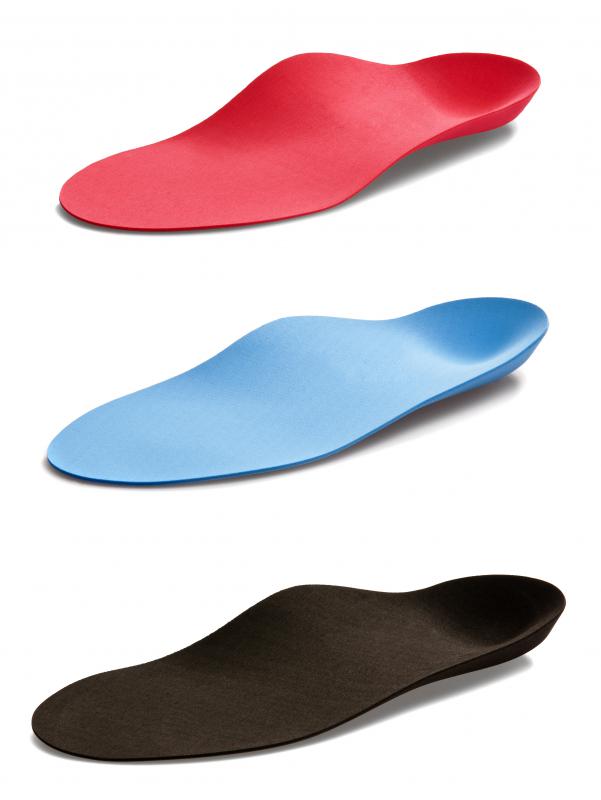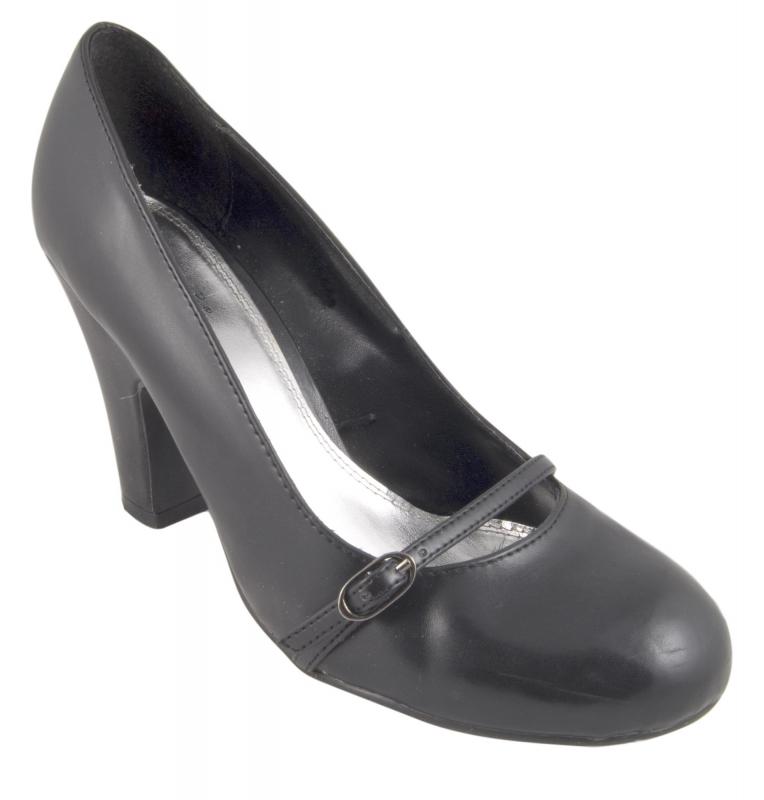At WiseGEEK, we're committed to delivering accurate, trustworthy information. Our expert-authored content is rigorously fact-checked and sourced from credible authorities. Discover how we uphold the highest standards in providing you with reliable knowledge.
What is Hammer Toe?
One of the strongest arguments for properly fitted shoes is a condition known as hammer toe. Hammer toe occurs when pressure or trauma to a toe's knuckle causes the entire digit to bend downward. The muscles surrounding the toe joints contract, leading to intense pain and a raised area prone to callous and corn formation. Some cases of hammer toe are classified as flexible, because the toe can be stretched back into normal shape. Other cases are classified as rigid, meaning the muscles have become so atrophied that normal movement is impossible.
Although any toe is susceptible to the deforming effects of hammer toe, it is primarily seen in the second toe. For many people, this second toe is actually longer than the 'big toe' used for informal shoe fittings. If the shoe's toe compartment does not allow at least 1/2 inch of space in front of the longest toe, the pressure can lead to hammer toe. Shoes that narrow towards the front can also create trauma to the second toe, and high heels only intensify the problems of hammer toe.

There is also evidence of some genetic predisposition towards hammer toe formation. Other cases of hammer toe may be caused by physical trauma, such as a misplaced kick or stubbing accident. Nerve damage to the foot area may also cause an involuntary contraction of individual toes. Hammer toe can seriously affect a sufferer's walking gait, but many people learn to compensate.

There are various treatments for hammer toe, ranging from manipulation of the toe itself to surgical correction. A podiatrist may recommend a change in footwear to give the toes more room to flex. Over-the-counter treatments of hammer toe often include adhesive gel pads and shoe inserts to reduce the friction between the affected toe and the upper portion of the shoe. Surgery may be considered if the toe becomes inflexible and atrophied to the point of constant pain.
AS FEATURED ON:
AS FEATURED ON:













Discussion Comments
Try SmartToes Toe Stretchers, I tried a number of products for hammer toe relief, and this one is by far the most effective. SmartToes is great for hammer toe treatment and bunion treatment.
There is also I podiatric procedure called a hammertoe correction. In a hammertoe correction, the patient is given local anesthesia, and one of two things occur.
A surgeon can either cut the tendons in the toe, or they can also take off little pieces of the one on either side of the joints in order to straighten out the toe.
Though most hammertoe corrections go very well, there is a low chance of infection, a recurrence of the hammer toe, or nerve injury to the toe.
My father had a hammertoes on both his feet; he called them mallet toes though. He never tried any hammertoe treatments, and I can tell you, he would have laughed at the idea of hammertoe surgery. He said that all of his male relatives had mallet toes, and he thought that unless a condition actually kept you from walking, it was to be ignored. He was the same way about stubbed toes, bunions, ingrown toenails, and anything else that didn't physically floor him. Just one of those guys.
I have had a claw toe (hammertoe) for years, ever since I went through puberty. I've tried a bunch of hammertoes treatments, but nothing really seems to work. Luckily it's not painful; it just looks kind of weird.
I'm hoping that it doesn't ever get so serious that I have to get surgery though -- toe surgery just sounds scary to me!
Post your comments